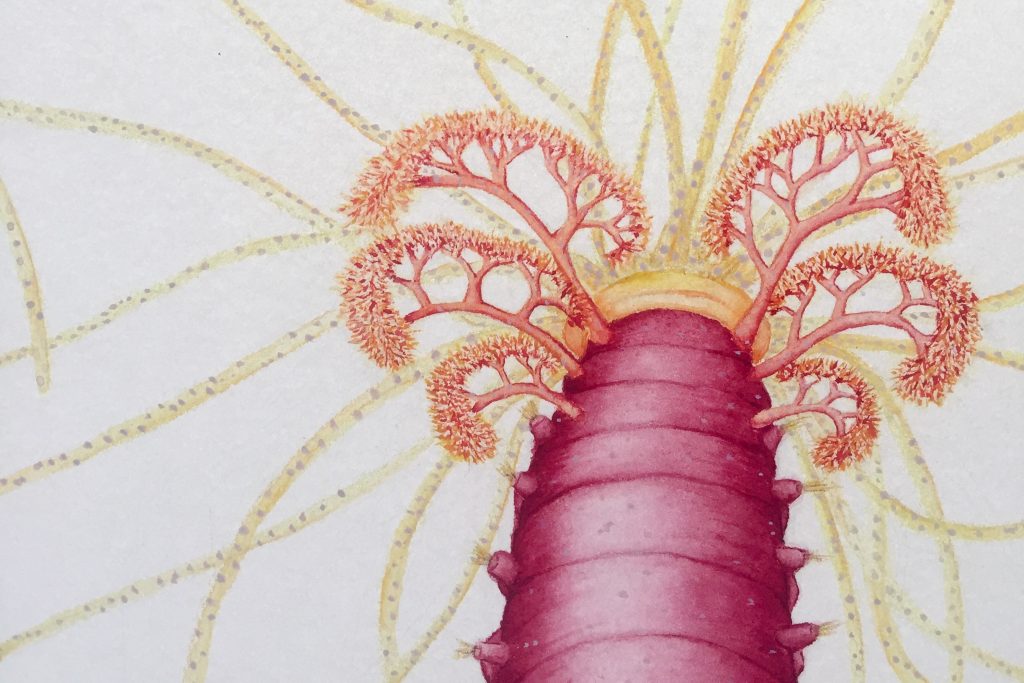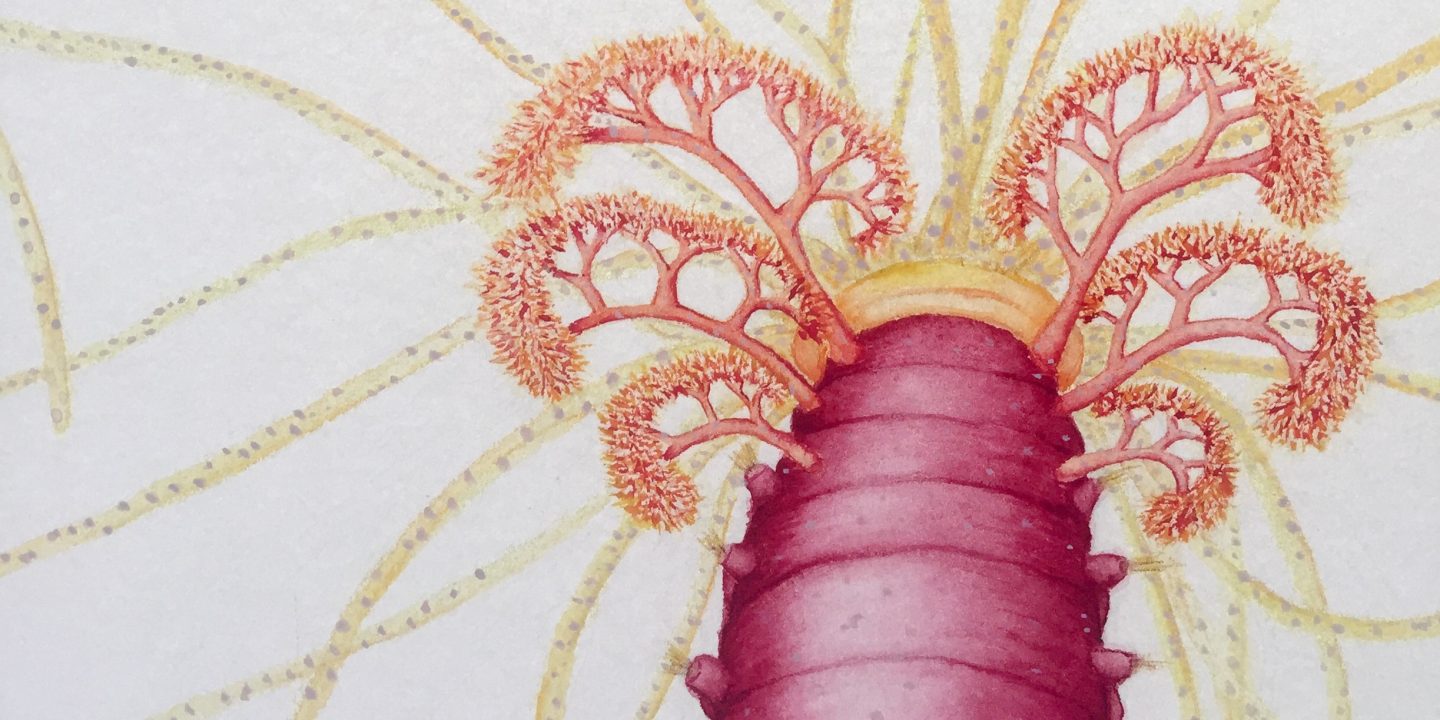One of my favourite papers this year is, logically, about two of my favourite topics: taxonomy and worms. In this paper, Lavesque et al. revise the family Terebellidae sensu stricto (a part of the spaghetti worms I presented in a previous blog post) in French waters. They review eight genera for a total of 17 species, nine of which are new to science, which is a rather consequent contribution!
I enjoyed this paper for many reasons. The first one being that it is one I have kept reading many times throughout the year, as I was trying to identify several species that I encountered during various collection trips. Another reason is that it is very complete and a good example of how taxonomy works today, including molecular and extensive morphological data. Finally, it highlights a common issue in polychaete taxonomy: the fact that some species previously thought to have a wide distribution may actually be restricted to a small area and that even in well studied parts of the world, we have overlooked some diversity. Some of the species described by the authors had been for a long time identified as something else before they looked into it, which brings up the question: How many such new species can we find in Norway?
We wondered in a previous blog post if we should lobby more for invertebrate taxonomy and biodiversity (here). At the scale of our advent calendar, here is my little contribution!
Original study: Lavesque N., Daffe G., Londoño-Mesa M.H., Hutchings P. 2021. Revision of the French Terebellidae sensu stricto (Annelida, Terebelliformia), with descriptions of nine new species. Zootaxa 5038 (1): 001-063.
Available at: here or here

![]()
